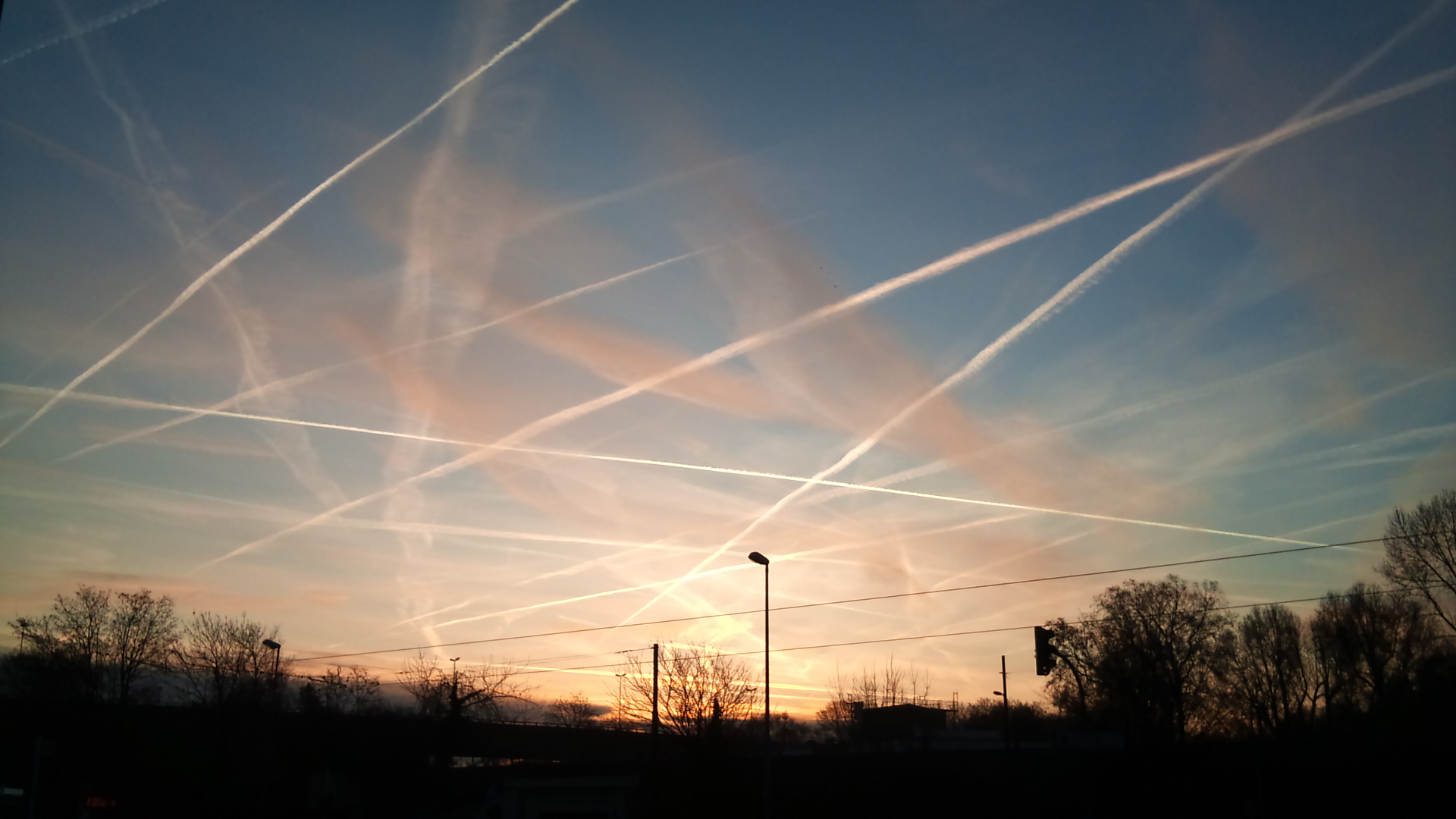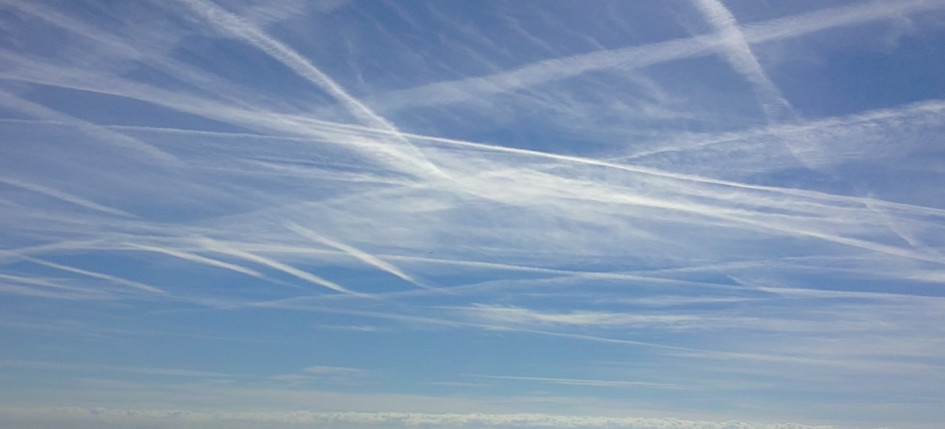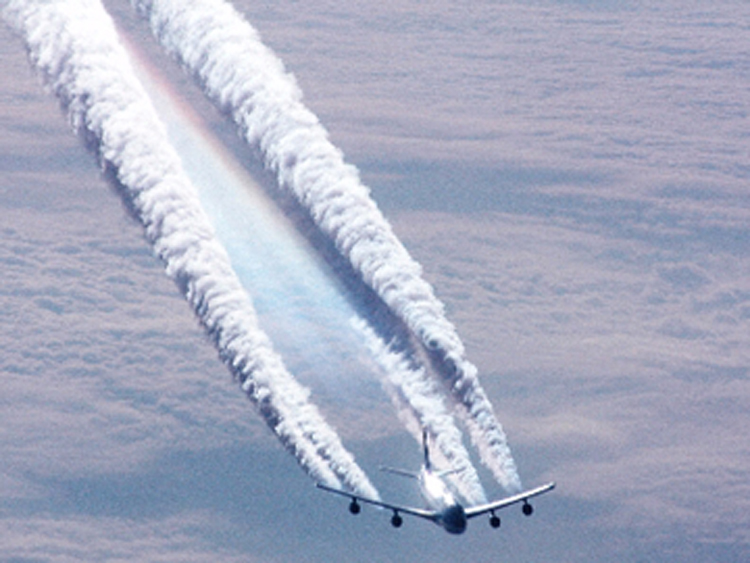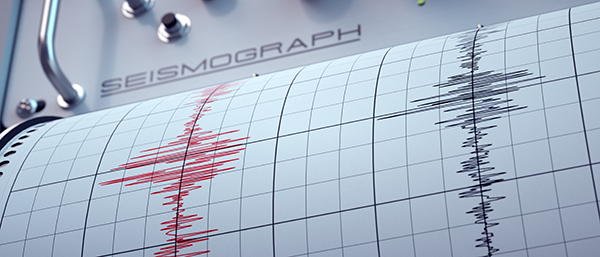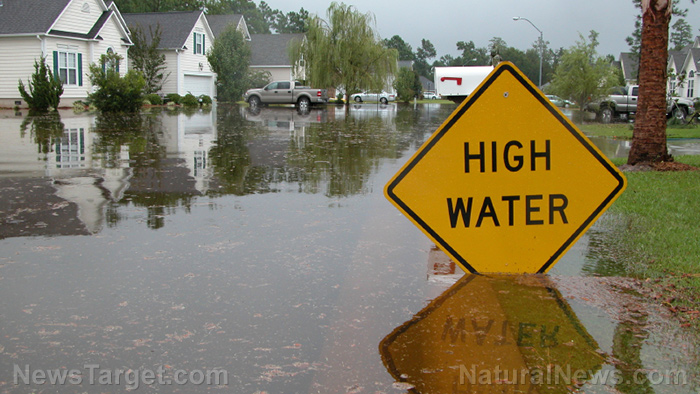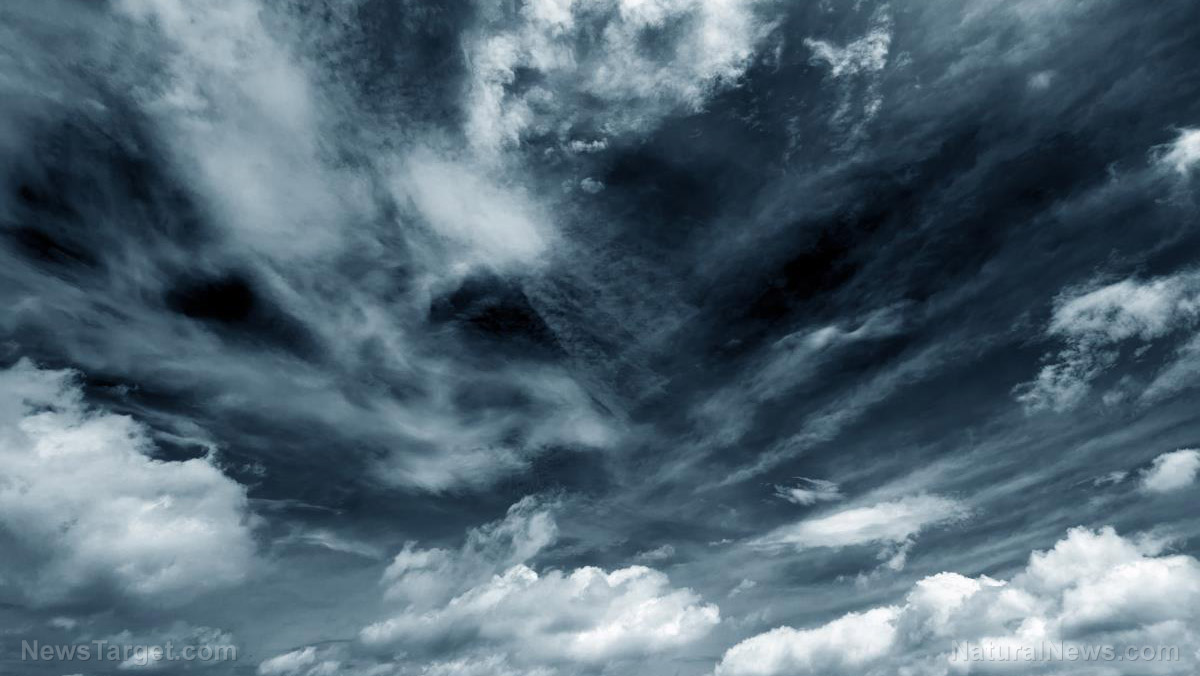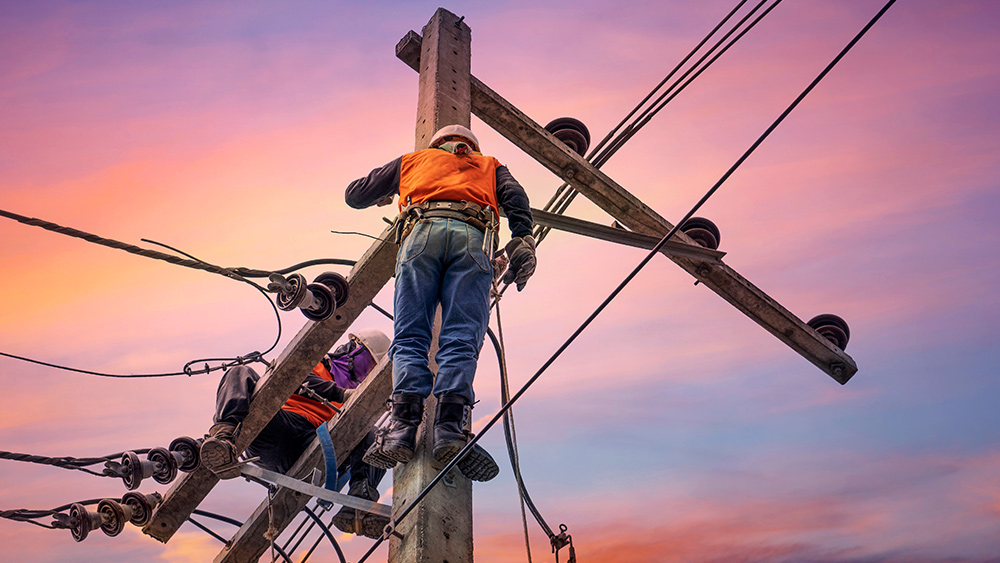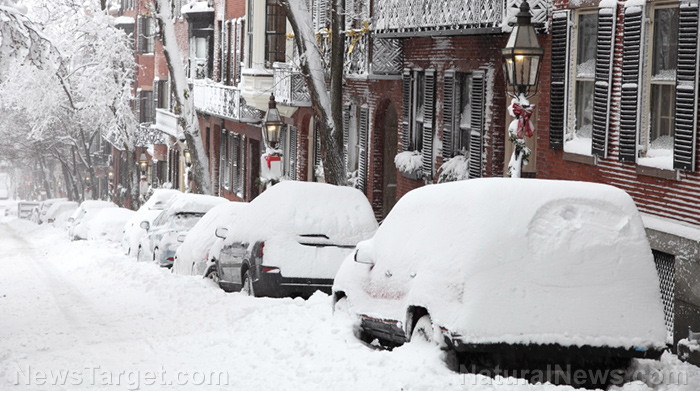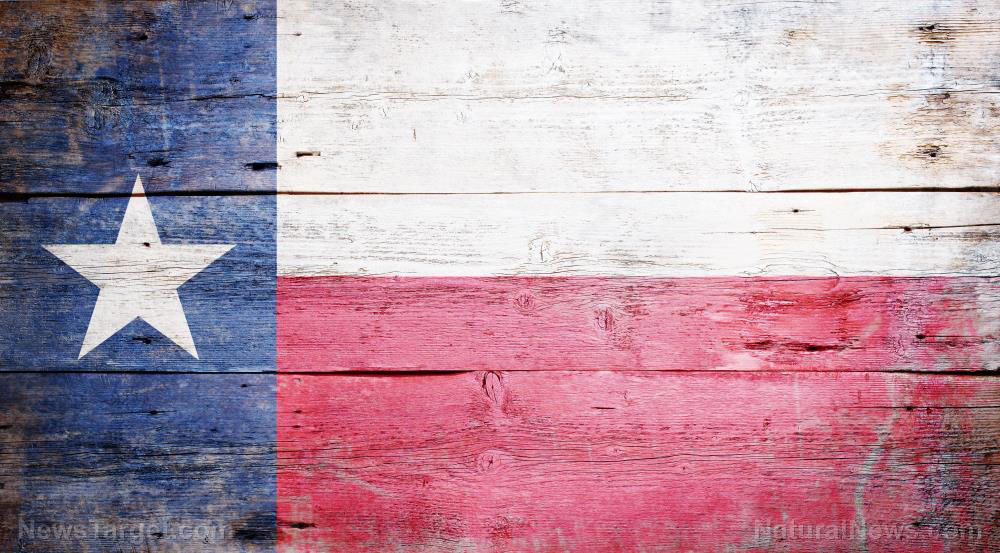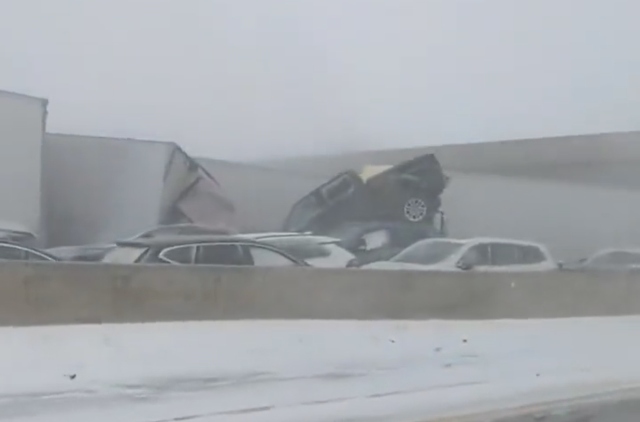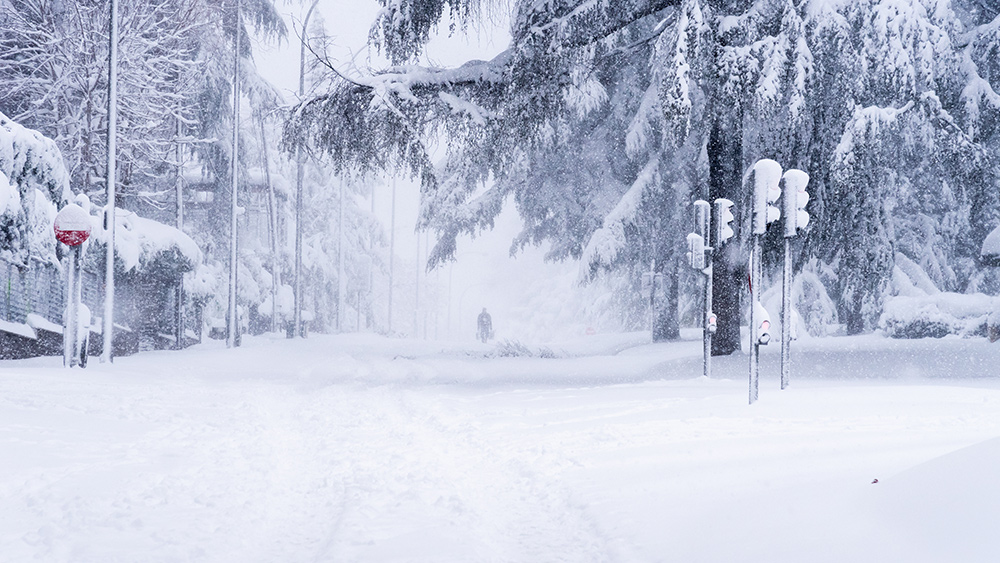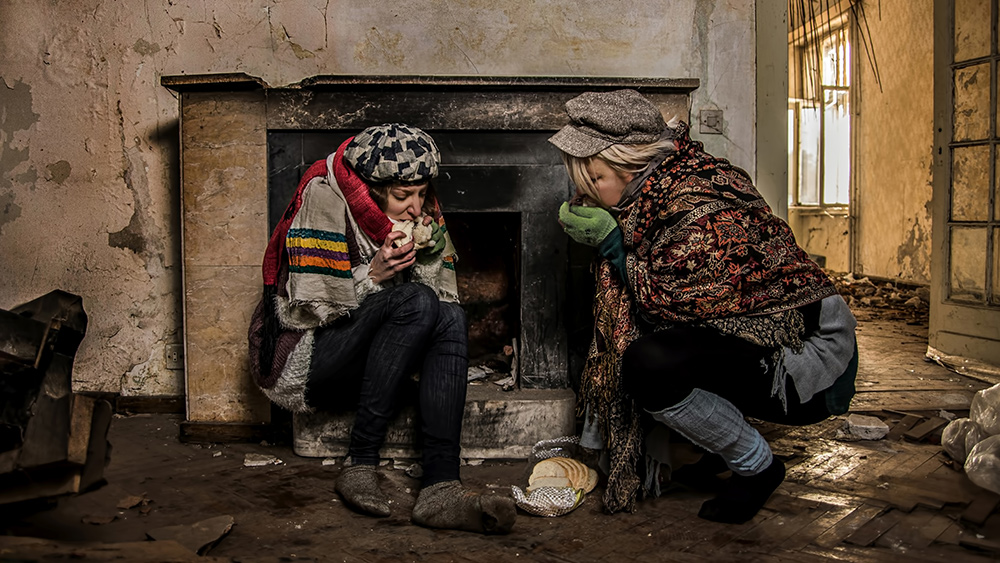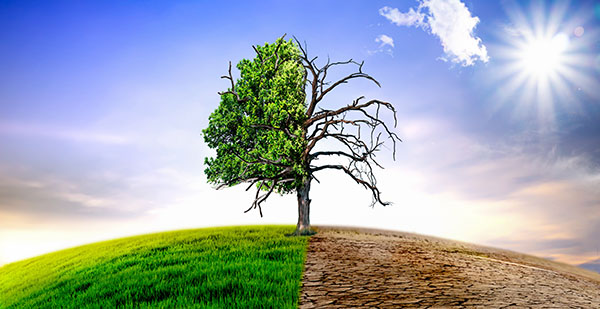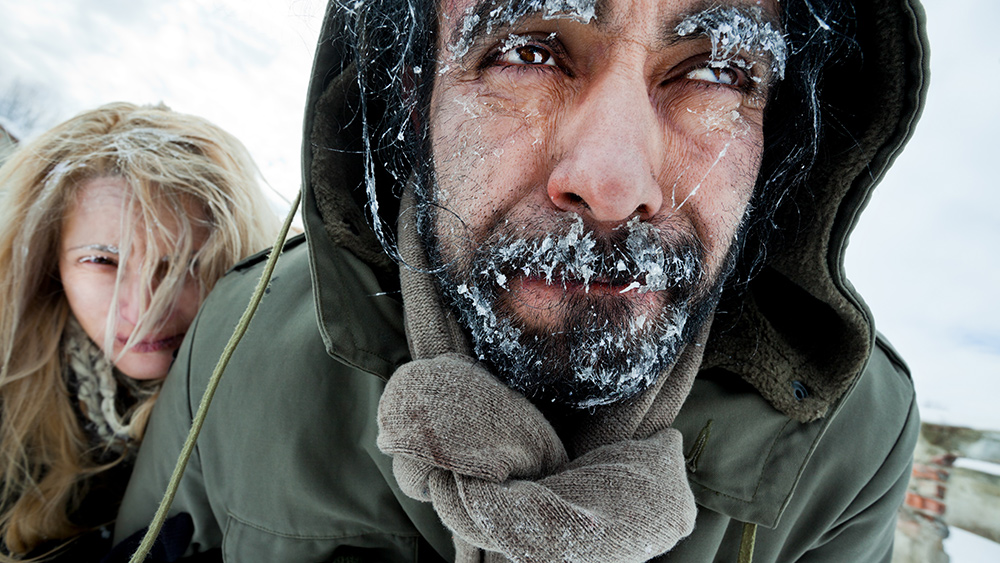British potato shortage: Farmers warn U.K. could run out of staple crop
03/13/2024 / By Olivia Cook

Extreme weather conditions have become a major challenge for growers worldwide and the British potato industry is no exception, with U.K. farmers raising alarms over a likely shortage of potatoes due to last year’s poor harvest.
“Farmers in the U.K. have reportedly been struggling with one of the lowest potato harvests on record, estimated at two metric tons less than five or six years ago – pegged at 4.1 metric tons of harvested potatoes,” according to Fresh Produce Journal editor Fred Searle.
National Farmers’ Union Potato Policy Group Chairman Time Rooke said: “Rising energy and fertilizer costs have further stressed the agriculture sector and hampered U.K. potato production. Potatoes are in my blood – in my DNA. Everything is changing. Five years ago, as a nation, we produced six million tons. Now, we’re down to four million.”
According to the Met Office, storms Agnes (from Sep. 27 to 28), Babet (from Oct. 18 to 21) and Ciaran (from Oct. 29 to Nov. 4) brought unprecedented rainfall – almost double the average for October 2023 – and affected how potato crops were grown and distributed across Great Britain.
“The British potato harvest has been hit hard by heavy rain and flooding – causing delayed lifting and large crop losses. This was preceded by a cold, wet spring and a cool summer with low light levels. With the potatoes that are in store, there’s likely to be enough supply to meet demand for the time being, but that might not be the case in the months ahead,” said Searle.
Since last year’s autumn, British farmers are still trying to get what they can rescue from their crops out of the ground.
The U.K. potato industry, supermarkets and consumers
A field that’s about six and a half acres requires input costs of £23,000 (around $29,574), the majority of which will have to be absorbed by the farm, but, with a lack of product [potatoes], the price of goods [potatoes] will surely rise.
Many farmers were also forced to invest in modern irrigation facilities to cope with drought challenges due to hot and dry spells during the summer months.
Tuber development was stalled due to the stress from extreme weather conditions. Common scabs and other potato skin defects were reported to be on the rise both in the rainfed and irrigated fields – forcing some pack houses and processors to lower their standards and specifications of potatoes sourced from growers to meet market demand of this traditionally low-cost staple food in the U.K.
Due to limited supplies from the contracted growers; the processing sector had to switch to buying packing varieties to supplement the shortage – putting pressure on free-buy supplies, which increased potato prices. Prepack fell by 6.1 percent and the areas planted for free buy fell by 17 percent.
According to Andrew Crook, Chorley-based president of the National Federation of Fish Friers: “Some fish and chip shops could opt to close after the cost of 25kg sacks more than doubled to £20 (more or less $26). People might just shut their shop due to all the other costs as well. They were barely keeping their heads above water. Some shops will close until potato prices settle down.”
He added that “chippies” are more exposed to price moves because they buy potatoes in smaller quantities on the open market compared to retailers and food manufacturers who secure long-term contracts with potato farmers. A snapshot of supermarket prices revealed the amount they are charging for potatoes and chips had jumped by almost 60 percent in one case. (Related: British supermarket encloses BUTTER in security netting as UK food inflation persists.)
With more potatoes lost and fewer potatoes available, preparing for the future and helping build resilience to extreme weather impacts on the U.K. potato industry, farmers, domestic workers, supermarkets and consumers has become imperative.
Potential impacts of climate change on U.K. potato production
To ensure food security, a 2020 study aimed at predicting future climate risks associated with major potato-producing regions in the United Kingdom and also identifying suitable adaptation measures and strategies.
Published in the International Journal of Environment and Climate Change, the study considered a total of seven regions with a minimum of 3,000 hectares (about 7,413 acres) of potato-planted area in the past five years – using the UK Climate Change Projection (UKCP18) based on RCP (Representative Concentration Pathways) 8.5 – the highest baseline emissions scenario in which emissions continue to rise throughout the 21st century.
According to the Department of Agriculture, Environment and Rural Affairs (DAERA), UKCP18 projected “greater chances of hotter, drier summers and warmer, wetter winters with more extreme weather and rising sea levels” – a pronounced change in the U.K.’s future climate between 2050-2080 from the baseline between 1990-2020.
Findings showed that “high temperatures (drought) and prolonged precipitation (rain) caused significant yield and quality loss in the past and with a likelihood of causing a more harmful impact in the future.”
In addition, “future climate is predicted to hinder land preparation and harvesting operations in the Northern regions. At the same time, the East of England, East and West Midlands, South West England, Yorkshire and Humber would be faced with drought – with irrigation and water demand increasing by 20-30 percent as evapotranspiration also increases by 20-30 percent in 2050-2080.”
These warnings are followed by a 2023 study published in the journal Climate, which indicated that “potatoes face a significant threat from climate change, with global yields declining by 18 to 32 percent within the next 45 years in the absence of adaptation.”
Learn about the “history through the eyes of the potato” by watching this video.
This video is from the Daily Videos channel on Brighteon.com.
More related stories:
The globalists are inducing a global famine where nobody owns anything and everyone is STARVING.
Potatoes and sweet potatoes: Differences, nutrient profiles and healthy ways to prepared them.
Sources include:
Submit a correction >>
Tagged Under:
agriculture, chaos, climate change, Collapse, crop collapse, crops, environment, extreme weather conditions, famine, food collapse, food inflation, food supply, grocery, harvest, hunger, organic farming, panic, potatoes, products, rationing, scarcity, starvation, supply chain, veggie, weather terrorism
This article may contain statements that reflect the opinion of the author
RECENT NEWS & ARTICLES
COPYRIGHT © 2017 WEATHER TERRORISM

